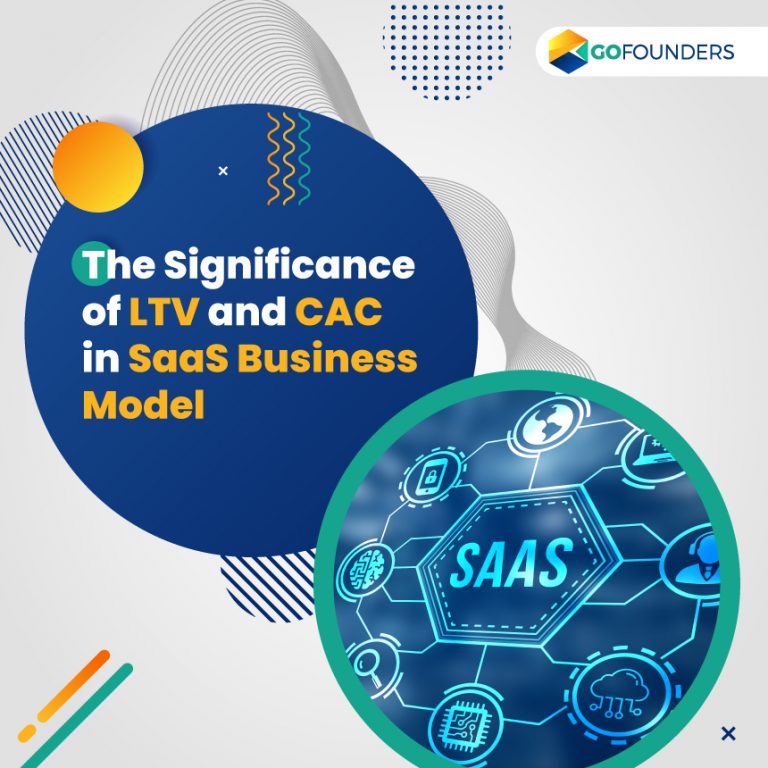
Hypergrowth for software as a service (SaaS) companies in their nascent stage depends mainly on the business model and organization’s go-to-market (GTM) strategy. If companies balance these two key metrics, then they can boost organizational growth. However, what is hypergrowth?
“The steep part of the S-curve that most young markets and industries experience at some point, where the winners get sorted from the losers.”
-Harvard Business Review (2008)
Nevertheless, how to achieve and maintain hypergrowth, and how can you prepare your SaaS business model for hypergrowth? Let’s know it in this blog.
The significance of LTV and CAC in the SaaS business model
Lifetime Value (LTV) and Customer Acquisition Cost (CAC) are the two key metrics that majorly decides the success rate of your SaaS business model. They are often referred to evaluate business performance and growth potential.
Following are the formulas to calculate LTV and CAC:
Customer Lifetime Value (LTV) = (Average Revenue per User (ARPU))/ (Customer Churn Rate)
Customer Acquisition Cost (CAC) = (Sales Cost + Marketing Cost)/ (Number of New Customers)
Understanding the LTV: CAC ratio
Understanding your SaaS company’s LTV: CAC ratio will help you track your growth trajectory. The ratio describes how much you spend acquiring customers for your company and how long they will purchase from you. Besides that, it also explains how you have positioned and pried your product.
The ratio helps you predict the profit/loss margin on each subscription. It also helps marketers know how long it will take to recover from their investment in sales and marketing.
Ultimately, LTV: CAC ratio helps you predict your company’s performance in the marketplace. The better ratio, the better are the chances that your business model supports hypergrowth.
Encourage hypergrowth by balancing your LTV: CAC ratio
To achieve hypergrowth, you need to build a business model that helps you move your company in the right direction and identify factors that support you scale up quickly. However, how to decide if your LTV: CAC ratio is balanced or out of balance?
Your business model is going to be unbalanced and unsustainable if your customers’ acquisition costs exceed their lifetime value. Alternatively, if your customers’ acquisition costs are low, your model will be balanced and sustainable.
There is no one perfect ratio. However, companies with successful business models usually earn a lifetime value of at least three times what they spend to gain customers.
Factors that drive your LTV: CAC ratio
If your LTV: CAC ratio drops, you need to identify what’s going wrong. Maybe your pricing or packaging is an issue, or the customer requirements have changed.
CACs are influenced by the cost and efficacy of your sales and marketing efforts. Thus, reducing these costs by improving the effectiveness of your promotional strategies is crucial. You need to increase your acquisitions for your conversions and referrals to get better.
You can decrease your customer acquisition costs (CACs) with:
- Strong customer understanding
- Focused target market
- Seamless sales process
- Customer referrals
- Inbound marketing
- Conversion rate optimization
- Thought leadership
- Partnerships
- Brand awareness
- Effective differentiation
Alternatively, you can increase customer lifetime value (LTV) with:
- Proper packaging
- Scalable pricing
- Cross-sells and upsells
- Better customer relationships
Conclusion
We have discussed the significance of balancing your LTV/CAC ratio. However, scaling your SaaS business model does not simply mean keeping your CAC low and your LTV high. You also need to focus on building a solid relationship with your customers and prospects to minimize churn.
Thus, prepare with the right approach to achieve hypergrowth with your SaaS business model.


